It was a Saturday of unremarkable weather, the kind that begs for a project. The garage, a time capsule of family life, held its usual array of forgotten sports equipment and boxes labeled with a vagueness only understandable to my parents. My mission was simple: find the old Christmas decorations. Instead, my fingers brushed against the sharp corner of a plastic crate tucked behind a deflated air mattress. Pulling it into the weak light filtering through the dusty window, I lifted the lid. There they were. Not tinsel or ornaments, but a stack of CDs, each nestled in a cracked jewel case. The familiar sight of the spindle hole, often marred by a radial crack, and the distinct, rough-cut edge of the plastic—the tell-tale sign of a ‘cut-out’. I hadn't thought about these in over a decade. I sat on the concrete floor, the cold seeping through my jeans, and began to flip through them. With each title—Nirvana’s "In Utero", Smashing Pumpkins’ "Siamese Dream", a bootleg Radiohead B-sides compilation—a specific, potent memory flickered to life. This wasn't just a box of obsolete media; it was a archaeological dig into my own adolescence.
The term ‘cut-out’ might be unfamiliar to a generation raised on streaming algorithms and infinite digital libraries. In the 1990s and early 2000s, before the internet democratized music discovery, these were our secret portals. They were overstocked, imported, or slightly damaged CDs that record stores couldn't sell at full price. A wholesaler would take a drill or a saw and literally cut a notch into the top of the case or the CD itself, rendering it unsellable as new, and then sell them in bulk at a fraction of the cost to independent record stores. For us, suburban kids with limited allowances and a desperate hunger for music that wasn't played on mainstream radio, these were gold. That physical flaw, that scar, was a badge of honor. It meant you had dug for this. You had spent hours flipping through bins in a cramped, smoky store, based on nothing more than a band’s name you read on a t-shirt or an album cover that looked intriguing. The gamble was part of the ritual. You paid your five or seven dollars, took it home, and hoped you’d discovered your new favorite band. Often, you had.
Holding that scratched copy of My Bloody Valentine’s "Loveless" now, I’m transported back to my bedroom. The act of listening was an event. You’d carefully remove the disc, place it in the tray of your boombox or component stereo, and press play. There was no skipping tracks easily, no creating a playlist. You committed to the album, the way the artist intended. You studied the liner notes—the lyrics, the thank-you lists that name-checked other bands, leading you down your next rabbit hole. You stared at the artwork, finding meaning in every blurred photo and font choice. The music wasn’t a background soundtrack; it was the main event. That distorted, overwhelming wall of sound from "Loveless" wasn’t just something I heard; it was something I felt, alone in the dark, the only light coming from the stereo’s display. It was a private, profound experience that felt tailor-made for me, a secret shared between me and a band in Ireland I would never meet.
This curated discovery stands in stark contrast to the music consumption of today. Modern streaming services are miracles of convenience, offering access to nearly every song ever recorded. The power of recommendation algorithms is undeniable, serving up new artists with unnerving accuracy based on my listening habits. But it lacks the texture, the effort, and the sheer randomness of the cut-out bin hunt. An algorithm can suggest a band that sounds like Sonic Youth, but it can’t replicate the thrill of finding a mint-condition copy of "Daydream Nation" buried under a stack of polka compilations. It can’t emulate the weight of the physical object in your hand, the faint smell of cigarette smoke clinging to the booklet, or the brief, silent connection with a stranger in the store who nods approvingly at your selection. Our playlists are impeccable, but they are also sanitized. They lack the beautiful, frustrating, human messiness of a collection built one risky, seven-dollar purchase at a time.
There’s a deeper, more personal archaeology at work when revisiting these albums. The music itself is a direct neural pathway to my past. The opening feedback screech of a Pixies song doesn’t just signal "Debaser"; it instantly recreates the feeling of a specific summer drive with the windows down. A B-side from Belly’s "Star" isn’t just a song; it’s the emotional blueprint of a first heartbreak. These CDs are diaries without words. They are timestamped artifacts of who I was at fourteen, sixteen, eighteen. They map my evolving tastes, my rebellions, my attempts to understand a world that felt increasingly complex. Listening to them now is a conversation between my present and past self. I hear the same melodies, but I understand the lyrics in an entirely new way. The angst-ridden poetry I took as profound truth at sixteen now reveals itself as beautifully naive, and that’s okay. It’s all part of the record.
So, what is the fate of these plastic relics? They are, by any practical measure, obsolete. My phone can hold every song from every one of these discs, with pristine sound quality and without a single scratch. Yet, I find myself unable to discard them. I’ve bought a USB CD drive and spent a weekend digitizing them, not out of necessity, but out of a sense of ritualistic preservation. The process itself was a journey—cleaning each disc, carefully ripping the tracks, and meticulously tagging the files with the correct album art. But the physical boxes now sit on a shelf in my office. They are no longer hidden away in the garage. They serve as a tangible monument to a specific time and a specific way of engaging with art. In a world of cloud-based, ethereal data, there is a comfort in holding the object. It is proof. It happened. I was here, and this music mattered.
Perhaps the greatest lesson from the forgotten CD crate is the value of intentional discovery. The cut-out bin forced a slowing down, an investment of time and curiosity that algorithms intentionally remove from the equation. It championed the obscure, the flawed, and the imported. It made us active hunters, not passive consumers. While I would never trade the convenience of my streaming service, this rediscovery has prompted a conscious effort to reintroduce that old magic. It means buying a full album from a new artist instead of just saving one song to a playlist. It means visiting a local record store and flipping through vinyl, embracing the tactile experience. It means sometimes choosing the path of most resistance, because that’s where the real rewards are often hidden. The box in my garage didn’t just contain old CDs; it contained a reminder to dig, to explore, and to never stop being curious about what might be hidden in the next bin, waiting to change your life.

By /Aug 22, 2025
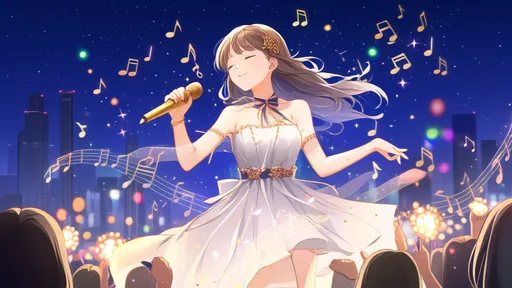
By /Aug 22, 2025

By /Aug 22, 2025
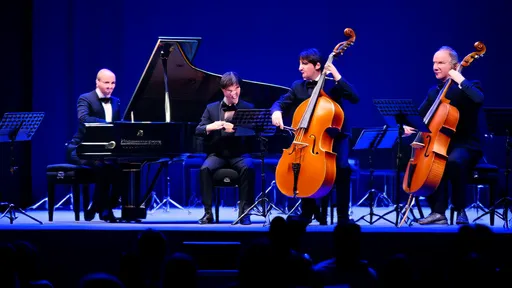
By /Aug 22, 2025
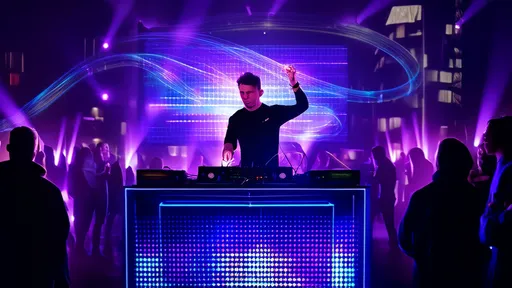
By /Aug 22, 2025
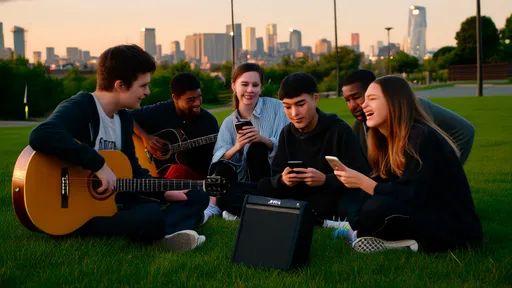
By /Aug 22, 2025
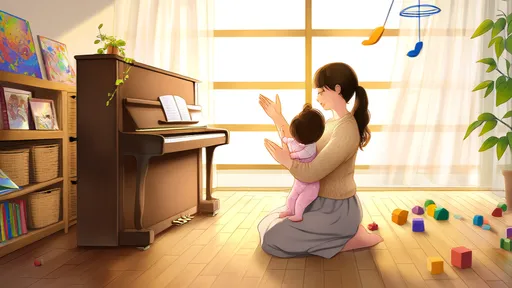
By /Aug 22, 2025
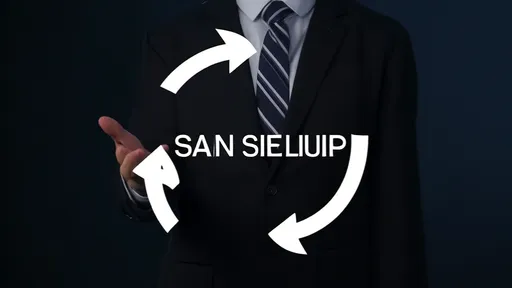
By /Aug 22, 2025

By /Aug 22, 2025

By /Aug 22, 2025

By /Aug 22, 2025
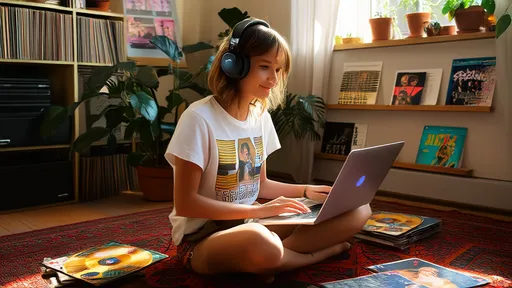
By /Aug 22, 2025
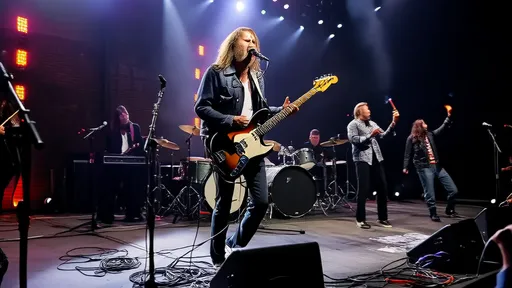
By /Aug 22, 2025
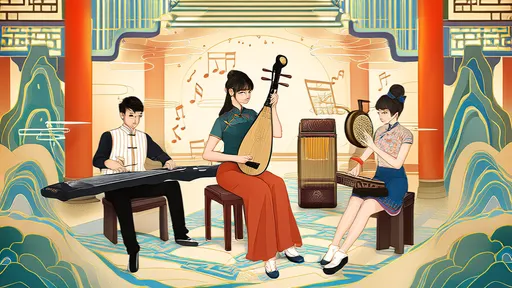
By /Aug 22, 2025
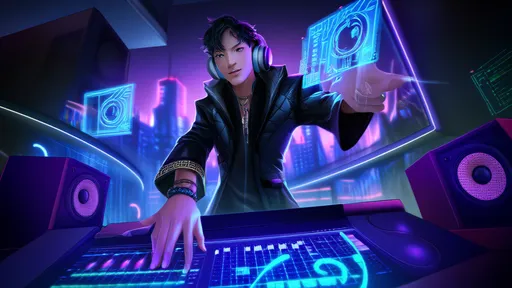
By /Aug 22, 2025
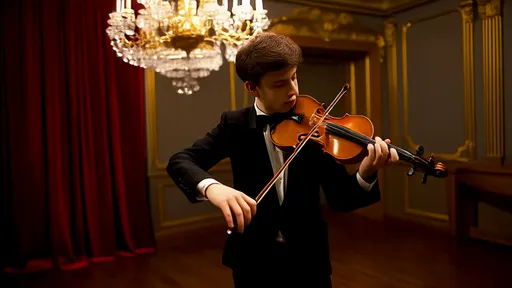
By /Aug 22, 2025
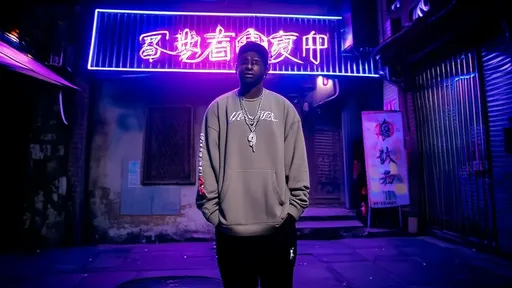
By /Aug 22, 2025
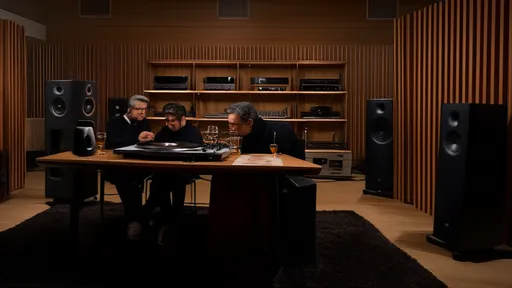
By /Aug 22, 2025

By /Aug 22, 2025
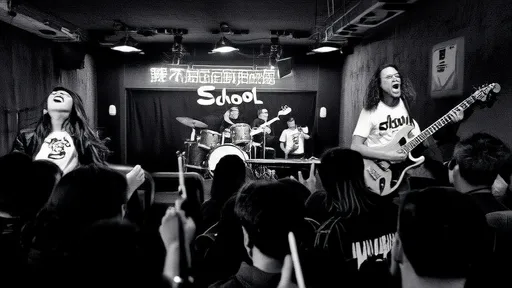
By /Aug 22, 2025